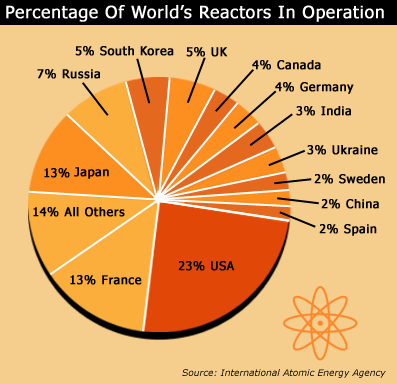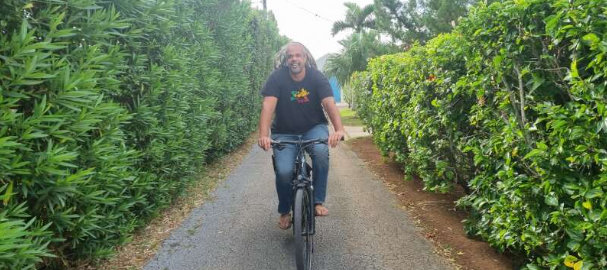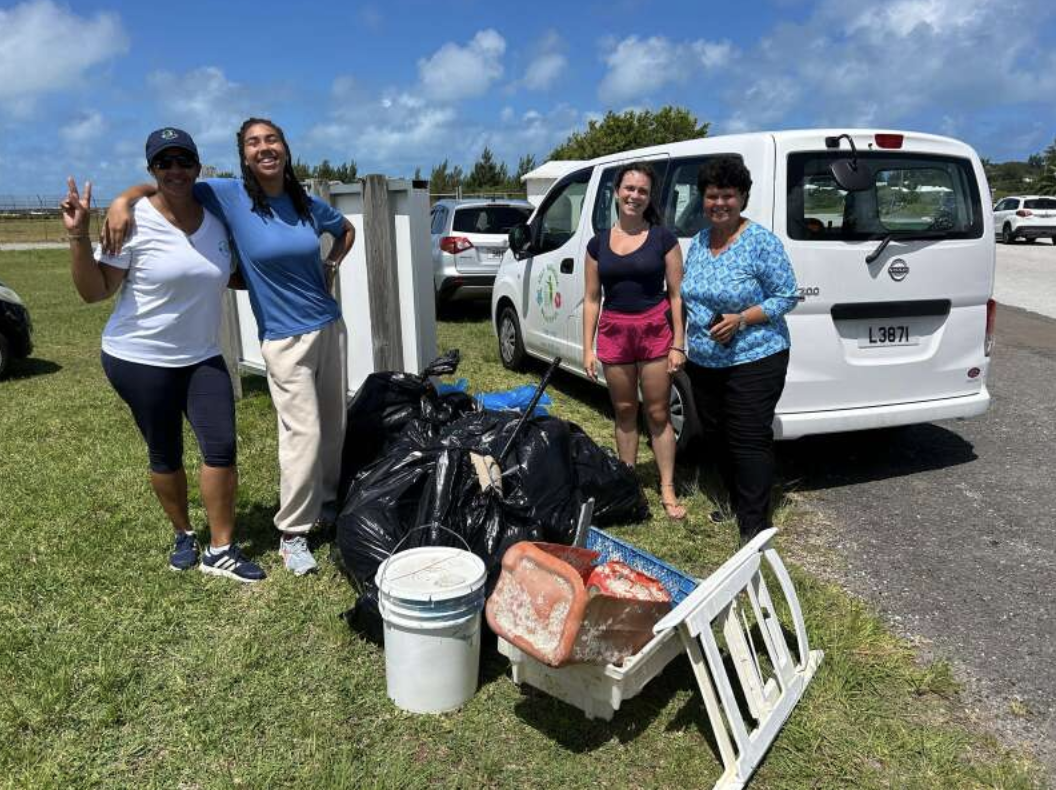In the long term, an energy plan must ultimately address our reliance on diesel-fired generators. This fact is not unique to Bermuda. When it comes to looking at alternative sources of energy, nuclear is just one possible source, with wind turbines, tidal motion turbines, current turbines, photovoltaic solar energy, geo-thermal, hydrogen, biofuels, to name some others. Many of these alternative sources are only capable of providing low amounts of energy and, in some cases, are only partially sustainable. Greenrock doesn’t believe that there is necessarily one overall solution, but that we must consider multiple solutions for different applications. While the cost of these energy alternatives will slowly come down and the public will eventually change their mindset, a forward-looking energy plan will provide the proper roadmap and jump-start the process.
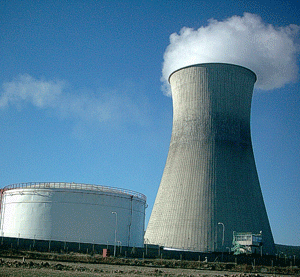 Nuclear energy, in its current form, is probably more suited to large developed countries or those countries that are becoming increasingly industrialized, such as China, India and Brazil. Since the mid-'70s and mid-'80s, due to major nuclear disasters in Three Mile Island and Chernobyl, most public stakeholders (especially in the US) have been reluctant to take the nuclear option when it comes to providing energy. There was too much at stake from a social backlash to be able to get a project initiated or, for that matter, funded. The last US commercial nuclear reactor brought on line was in May 1996 and is dependent on much older nuclear technology.
Nuclear energy, in its current form, is probably more suited to large developed countries or those countries that are becoming increasingly industrialized, such as China, India and Brazil. Since the mid-'70s and mid-'80s, due to major nuclear disasters in Three Mile Island and Chernobyl, most public stakeholders (especially in the US) have been reluctant to take the nuclear option when it comes to providing energy. There was too much at stake from a social backlash to be able to get a project initiated or, for that matter, funded. The last US commercial nuclear reactor brought on line was in May 1996 and is dependent on much older nuclear technology.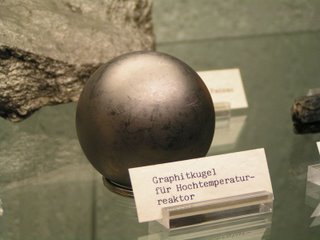 Pebble Bed Modular Reactors (PBMR)
Pebble Bed Modular Reactors (PBMR)
Greenrock has investigated PBMR and has had discussions with a senior representative and nuclear physicist from the Union of Concerned Scientists, an academic think tank originally based at the Massachusetts Institute of Technology (MIT). Greenrock’s state of knowledge on PBMR is that there is a struggle between industrialists, who see this new generation of reactor as a good commodity to be sold to those developing countries that can’t afford the large-
 scale nuclear reactors, and futurists, who see the potential in a source of clean energy that can meet long-term energy demands.
scale nuclear reactors, and futurists, who see the potential in a source of clean energy that can meet long-term energy demands. While there are benefits to this new nuclear reactor design, including a much slower core heat up during loss-of-coolant accidents, its modular expandable design, containment of radiation within pebble coatings, and competitive capital and operational costs, a number of unresolved safety issues must still be thoroughly addressed before one can conclude that PBMR is safer overall than conventional light-water reactors.
Some of these issues include:
• Fuel performance: understanding how pebble fuel defects and inhomogeneities affect performance and safety under normal and accident conditions, and whether there is already a reliable PBMR fuel manufacturing process in place.• Defense-in-depth: the reliance of radiation containment is due to the pebble fuel coatings themselves – one must verify claims that the PBMR does not require additional independent safety barriers such as a pressure-resisting containment structure or other safety-grade backup systems. Should a secondary containment mechanism be considered given Bermuda’s geographic isolation?
• Graphite issues: what safeguards are required to prevent air and water ingress accidents that could cause graphite combustion? The reaction of graphite with air or water can lead to the generation of carbon monoxide and hydrogen, both highly combustible gases.
• Waste handling and disposal: waste volume is approximately ten times that of a light-water reactor per unit of electricity generated and waste poses critical concerns because of the intrinsic presence of the graphite moderator. How would waste handling need to be adjusted for an island community?
• Core modeling: since the fuel is slowly circulated through the reactor, the core is in constant motion and the ability to accurately predict the complex behaviour is a challenge. What are the safety margins around uncertainty in design?
• Security: analysis of the potential impacts of sabotage attacks.
• Expertise: What additional expertise is required to safely operate such a reactor? How does a PBMR fit into existing power generating infrastructure?
We encouraged attendees of the PBMR Forum on May 9, 2008 (12.04 Kb) to bring an open but cautious mind. There is a large volume of information available on the internet both for and against PBMR, especially since there is as yet no power generating plant in operation. We hope the public will continue to discuss all sides of this important issue and focus on the unique challenges presented by our island community and fragile environment.


